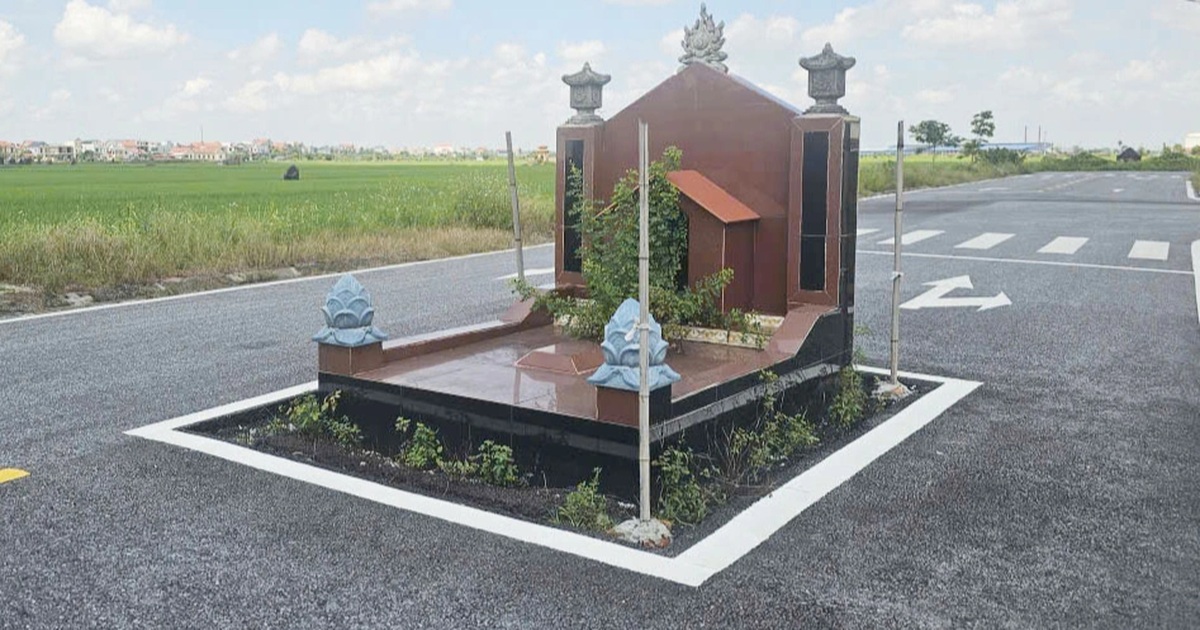Concert “Anh trai vượt ngàn chông gai”, đêm nhạc thứ 3 trong chuỗi sự kiện, đã diễn ra thành công tại TP.HCM vào tối ngày 22/3, thu hút hàng chục ngàn khán giả. Đây cũng là lần đầu tiên, 33 “anh tài” hội tụ đầy đủ trong một đêm diễn.
Khán giả nhiệt tình, “anh tài” cháy hết mình
Mở đầu hoành tráng với ca khúc “Hỏa ca”, các nghệ sĩ gửi lời tri ân đến hàng chục ngàn khán giả đã đến ủng hộ concert từ khắp mọi miền đất nước. Không khí sôi động, nồng nhiệt lan tỏa khắp khán đài, chứng minh sức hút lớn của chương trình.
Khác với đêm nhạc đầu tiên, diễn ra trong phim trường với vài trăm khán giả, concert lần này được đón nhận bởi hàng chục ngàn fan. Điều này không chỉ thể hiện sự yêu mến của khán giả đối với chương trình mà còn là nguồn động lực to lớn cho các “anh tài”. Diễn viên Tiến Luật chia sẻ: “Giấc mơ của chúng tôi đã thành sự thực. Độ máu lửa của người hâm mộ có mặt trực tiếp ở concert là nguồn động lực lớn cho nghệ sĩ.”
Tôn vinh giá trị văn hóa truyền thống Việt Nam
Concert “Anh trai vượt ngàn chông gai” không chỉ là một đêm nhạc mà còn là dịp để tôn vinh và quảng bá văn hóa truyền thống Việt Nam. Các tiết mục như “Mưa trên phố Huế”, “Mẹ yêu con”, “Đào liễu”, “Thuận nước đẩy thuyền”… được dàn dựng công phu, thể hiện rõ nét văn hóa dân tộc, được người hâm mộ đón nhận nồng nhiệt.
Đặc biệt, tiết mục “Trống cơm” của NSND Tự Long, SOOBIN, và Cường Seven đã tạo nên sự bùng nổ trên khán đài với bản phối mới mẻ, sôi động, vẫn giữ được nét đặc trưng của dân ca quan họ Bắc Ninh.
Kỷ lục Guinness được xác lập
Một trong những điểm nhấn đáng nhớ của concert là việc xác lập kỷ lục Guinness thế giới về “Sự kiện có số lượng người tham gia mặc trang phục truyền thống Việt Nam đông nhất”. Hơn 5.000 khán giả đã cùng khoác lên mình những bộ trang phục truyền thống, tạo nên một khung cảnh náo nhiệt và ý nghĩa.
Trong không khí chung vui này, MC Anh Tuấn đã mời khán giả cùng lên sân khấu hòa giọng với các nghệ sĩ trong tiết mục “Một vòng Việt Nam”, để cùng chúc mừng kỷ lục mới được xác lập.
Khán giả đã có mặt từ sáng sớm
Trước đó, từ sáng sớm, hàng ngàn khán giả đã háo hức đến tham dự các hoạt động giao lưu, chụp ảnh. Tất cả đều mặc trang phục dân tộc truyền thống, áo dài cách tân… tạo không khí lễ hội sôi nổi. Ban tổ chức đã có sự chuẩn bị kỹ lưỡng để đảm bảo sự diễn ra tốt đẹp của chương trình, với các tiêu chí xác định kỷ lục: khán giả xếp hàng qua máy camera quét mặt, tập trung ở khu vực quy định, không thay đổi trang phục trong suốt thời gian chờ trọng tài.
Điểm nhấn và những góp ý cho đêm nhạc
Ngoài những tiết mục ấn tượng, concert còn có những trò chơi, phần giao lưu, mang đến không khí hài hước và thú vị. Tuy nhiên, vẫn còn một số điểm cần cải thiện, ví dụ như việc hiển thị nội dung trên màn hình lớn đôi khi không khớp với phần hát của nghệ sĩ, hoặc việc bố trí lối đi vào các khu vực check-in, cổng vào khán đài cần hợp lý hơn.
Tự Long chia sẻ lý do mặc đồ cũ
Trong một màn “xé túi mù”, NSND Tự Long đã thẳng thắn chia sẻ lý do tại sao anh lại chọn mặc trang phục cũ trong concert. Anh cho rằng, giữ bản sắc nguyên sơ, “cũ mà có giá trị vẫn tốt hơn nhiều”.
Kết thúc concert
Concert kết thúc với những lời cảm ơn chân thành của dàn nghệ sĩ đến hàng ngàn khán giả đã đến xem và ủng hộ chương trình đến phút cuối. Nhiều “anh tài” ôm nhau, rưng rưng xúc động, vẫy chào người hâm mộ. SOOBIN đã bày tỏ tình cảm sâu sắc với chương trình và những khán giả, đánh dấu một khoảnh khắc ý nghĩa và đáng nhớ.
Kết luận
Concert “Anh trai vượt ngàn chông gai” không chỉ là một sự kiện giải trí mà còn là dịp tôn vinh văn hóa truyền thống, gây ấn tượng sâu sắc với khán giả. Ban tổ chức cần tiếp tục hoàn thiện chương trình để đem đến trải nghiệm tốt nhất cho khán giả trong các đêm nhạc tiếp theo.
Tài liệu tham khảo
- Bài viết gốc từ Dân Trí
- Đường dẫn tới bài viết gốc (Lưu ý: Đường dẫn này được lấy từ câu hỏi)



